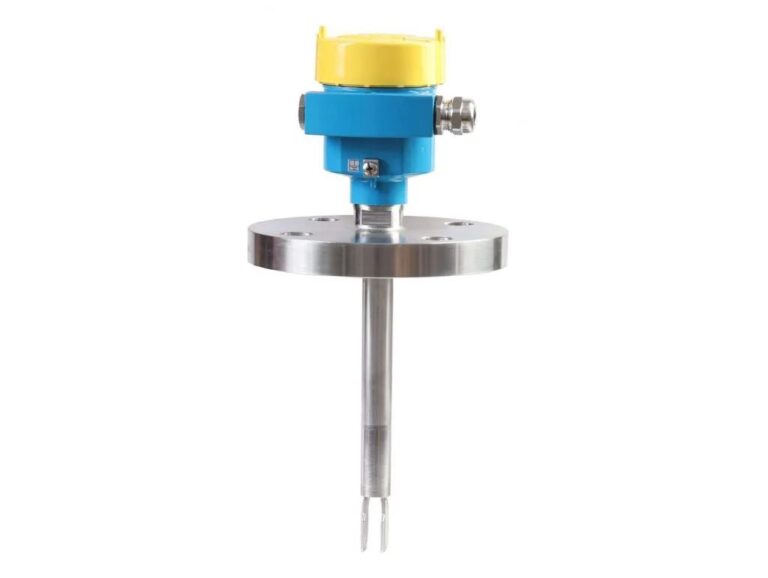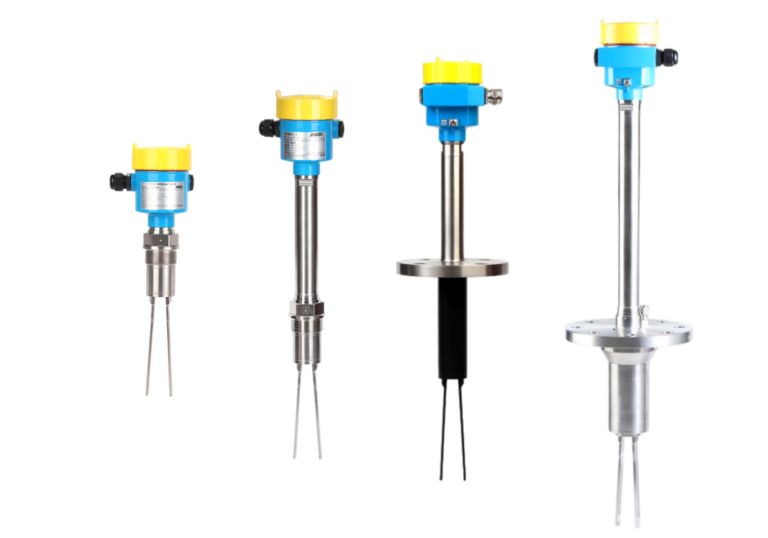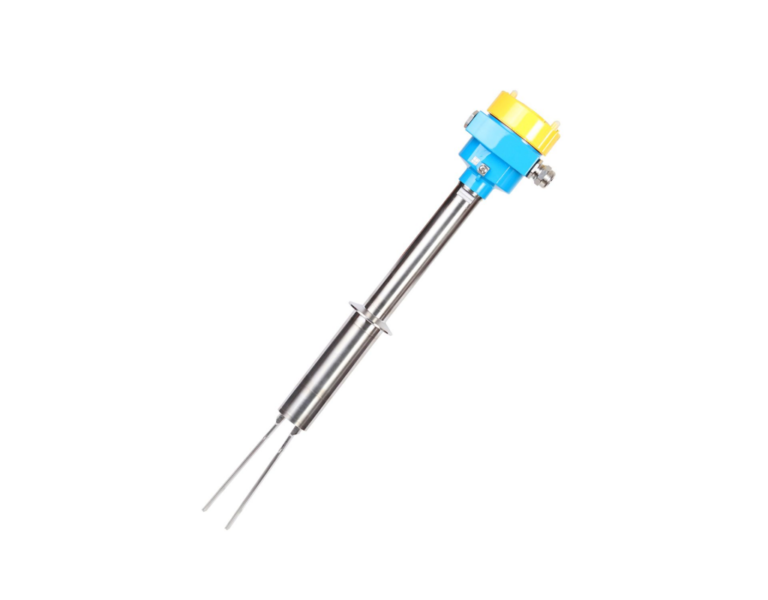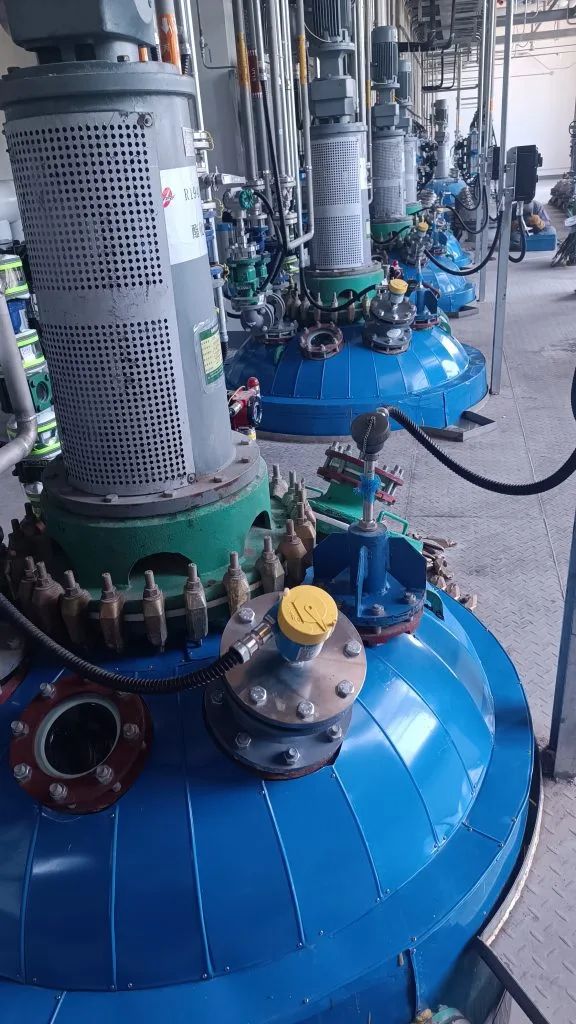1. Working environment assessment
When selecting a tuning fork level switch, you first need to conduct a comprehensive assessment of the working environment.
This includes considering the temperature range, humidity level, presence of corrosive gases or liquids, and whether there is vibration or shock in the working environment.
These environmental factors will directly affect the performance and life of the tuning fork level switch.
Therefore, during the selection process, it is necessary to ensure that the selected product can adapt to these working environment requirements.

2. Output mode selection
The output mode of the tuning fork level switch usually includes relay output, analog output and other forms.
When selecting the output mode, it needs to be determined according to the actual control system and needs.
For example, for simple switch control, relay output can be selected; while for applications that require precise measurement and monitoring, analog output may be more suitable.
4. Medium and temperature characteristics
Different tuning fork level switches have different adaptability to medium and temperature.
When selecting, you need to pay attention to the medium compatibility and temperature range in the product manual to ensure that the selected product can adapt to the working medium and temperature requirements.
At the same time, for special high or low temperature environments, additional protection measures need to be considered.

5. Pressure and protection level
Working pressure and protection level are important indicators that reflect the reliability and safety of the tuning fork level switch.
When selecting, it is necessary to select the appropriate protection level according to the pressure level and dust and water resistance requirements of the working environment.
At the same time, for high pressure or explosion-proof environments, it is necessary to select explosion-proof products that meet relevant standards and regulations.

6. Installation method and structure
The installation method and structure of the tuning fork level switch are also factors that need to be considered during the selection process.
Common installation methods include flange installation, thread installation, etc., while the structure needs to consider its compactness and easy maintenance.
When selecting, it is necessary to determine the appropriate installation method and structure based on the actual installation space and operation requirements.

7. Selection Cases and Experience
By referring to actual selection cases and experience sharing, you can better understand and master the selection methods and techniques of tuning fork level switches.
During the selection process, you can learn from the selection experience of other similar application scenarios and adjust and optimize according to your actual needs.

In summary, the selection of tuning fork level switch is a comprehensive process that requires consideration of multiple factors. By comprehensively evaluating the working environment, selecting the appropriate output method, considering factors such as insertion depth, fork type and specifications, medium and temperature characteristics, pressure and protection level, and installation method and structure, and combining actual selection cases and experience, you can select the tuning fork level switch that best suits your application needs.
